A Derm Shares How To Keep Your Winter Workouts From Causing Dry, Itchy, Exercise-Weathered Skin
But winter weather can be rough on our skin. The harsh winds, winter sun, rain and snow, and cold temps can leave us with dry, burned skin, and even rashes or frostbite.
So how can you protect your skin and still enjoy getting in a workout in the fresh (if chilly) air?
Don’t underestimate winter sun—particularly during a hard workout
Sunscreen has been scientifically proven to reduce the risk of squamous cell and melanoma skin cancers. A recent review in the Canadian Medical Association Journal recommended children and adults use lotion with at least 30 SPF all year long to protect against the skin-damaging effects of ultraviolet radiation.
- Geeta Yadav, MD, board-certified dermatologist and founder of FACET Dermatology
It can be easy to forget to apply sunscreen in the winter, says certified dermatologist Geeta Yadav, MD. Yet we’re sometimes getting even more exposure—especially when we’re working out
"With winter sports, it's not just direct sunlight but also the indirect sunlight from the reflection off the snow. That reflection can cause a fair bit of sun damage and if you are at a higher altitude the atmosphere isn't as thick and so you've got a higher risk of sun damage," Dr. Yadav explains.
High intensity exercise can also impair the skin by causing oxidative stress, which decreases its antioxidant concentration, according to a study of male cyclists and runners published in the European Journal of Applied Physiology. This means the first line of defence against the sun is weakened.
{{post.sponsorText}}
The general advice, says Dr. Yadav, is to always apply sunscreen as part of your daily routine. She actually suggests using 45 to 50 SPF because most people don't apply 30 SPF thickly enough.
And if you come back from a training session outside and discover you are sunburned? "There's some mixed evidence that using a non-steroidal anti-inflammatory like an Advil can help, or applying aloe which can be soothing and have some hydrating effects," says Dr. Yadav.
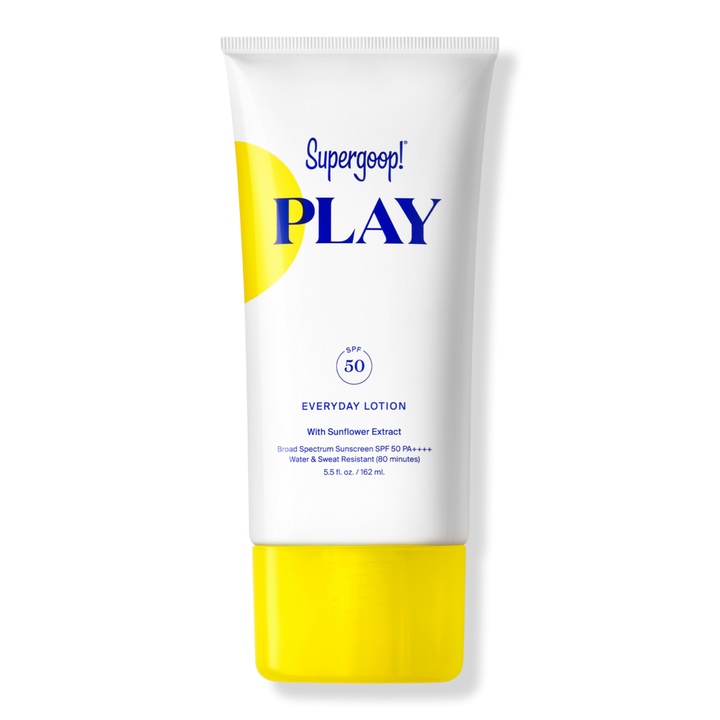
$10 to $58, depending on size
This sunscreen applies so nicely, you won’t make excuses to avoid using it.
Protect against the cold, wet, and wind
The right clothing is essential to preventing frostbite when the temp dips below freezing (or, you know, you just want to not be miserable). According to a review in the Journal of the American Academy of Dermatology the combination of running, cold weather, and wind, decrease clothing’s ability to insulate your body by around 10 percent, so factor that when you’re considering just how many layers to wear.
Although you might prefer more form-fitting clothes the rest of the year, when it’s freezing out, layers of loose clothing will allow trapped air warmed up by your body heat to act as an insulator. You should also protect your neck with a synthetic, breathable garment like a gaiter. A warm, moisture-wicking pair of socks can also keep your feet from getting chilblains, which are painful, irritating inflammation in the skin.
Of course, it’s not typically practical to cover every inch of skin. In order to protect your face (or anywhere else that’s exposed), apply an oil-based lotion, cream, or ointment to act as a barrier and seal in moisture and heat. "I'm a really big fan of Vaseline in the wintertime. But there are also a number of different barrier products that contain lanolin or petrolatum mineral oil that act as a barrier to the wind," says Dr. Yadav. Just put on your sunscreen first so it’s better absorbed.
Also, wait to shower and shave until after your workout, since the skin’s sebum serves as a natural insulator.
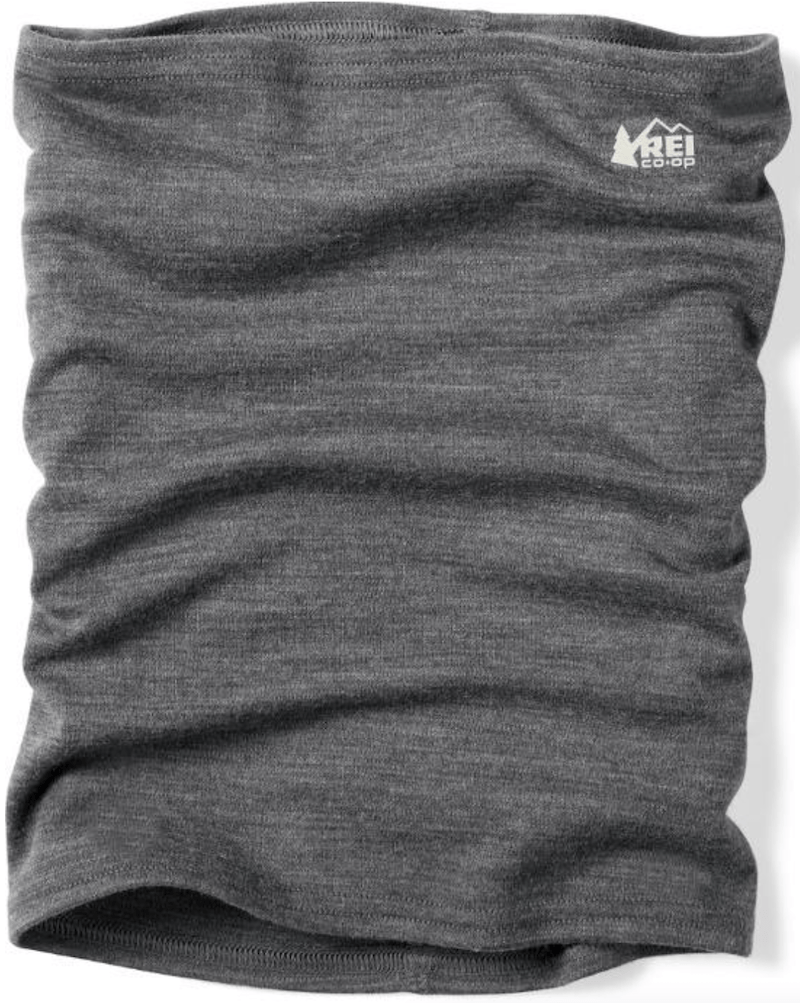
Originally $25, now on sale for $18
When the wind picks up in sub-freezing temps, protect your neck with a breathable gaiter.
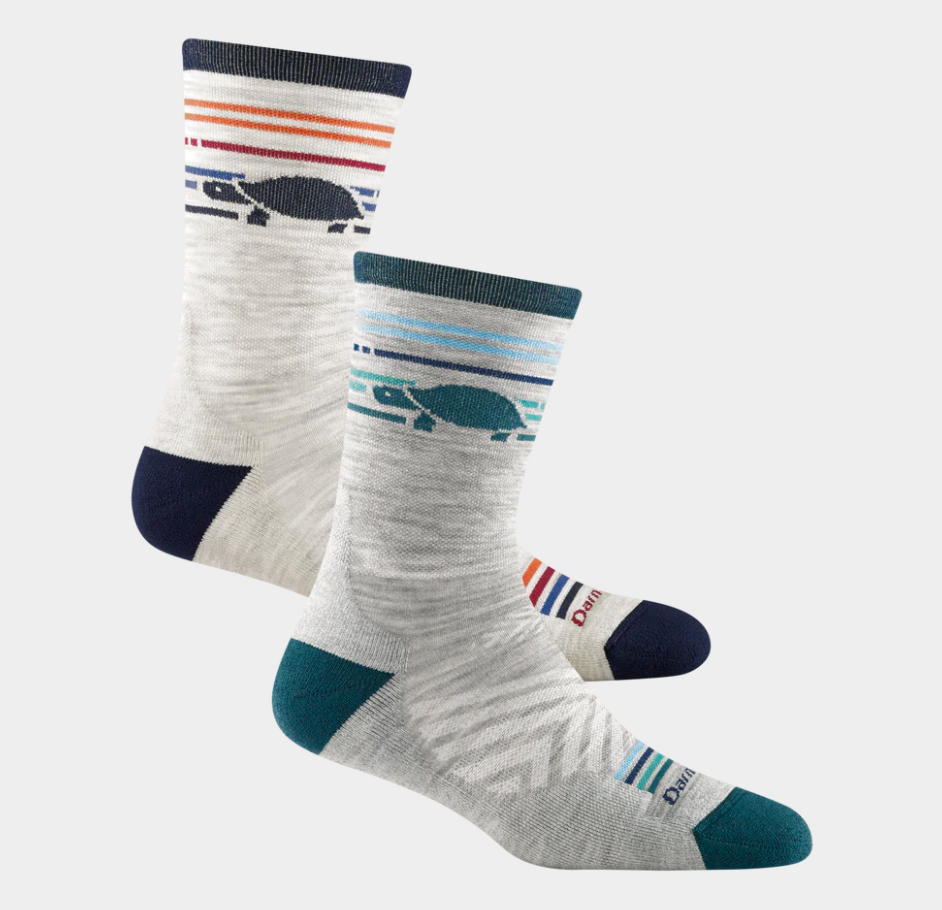
The merino wool in these socks will help keep your feet warm, dry, and blister-free.
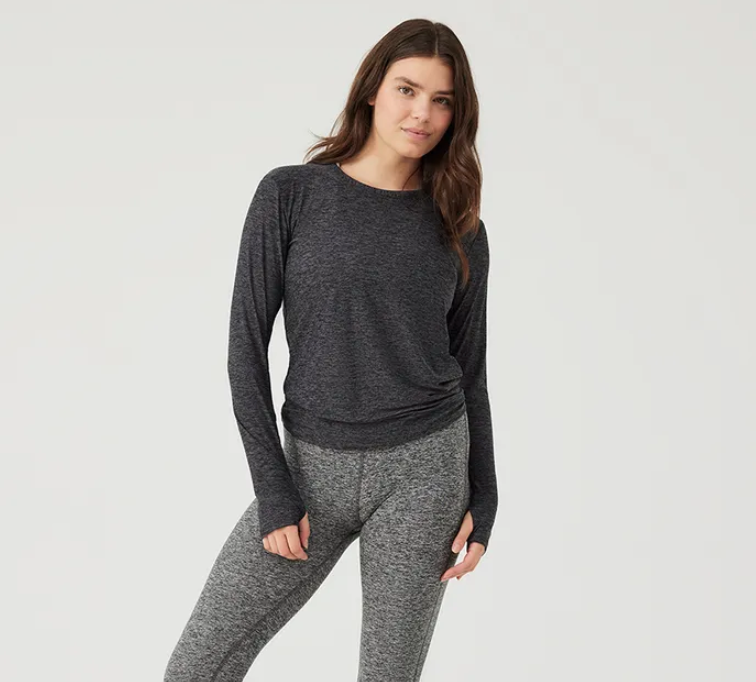
Choosing a looser top will trap air that gets heated up by your body as you’re working out—like wearing your own personal mini-sauna.
Rehydrate once you get back home
In addition to covering the skin with a barrier before going out, you’ll also want to treat dry, weathered skin after your workout. "I like to go towards things that have ceramides or colloidal oatmeal like Aveeno products or glycerin or hyaluronic acid like a SkinCeuticals serum, to help put that moisture back in the skin because that will certainly help accelerate healing process," says Dr. Yadav.
Staying hydrated by drinking water and avoiding alcohol will also help to hydrate the skin.
Beware that hand sanitizer will dry out your skin even more, so if you need to use it, make sure you’re also using lotion. "A great trick is to keep a moisturizer right by your bedside to moisturize your feet and your hands. They get the biggest abuse in the wintertime," says Dr. Yadav.
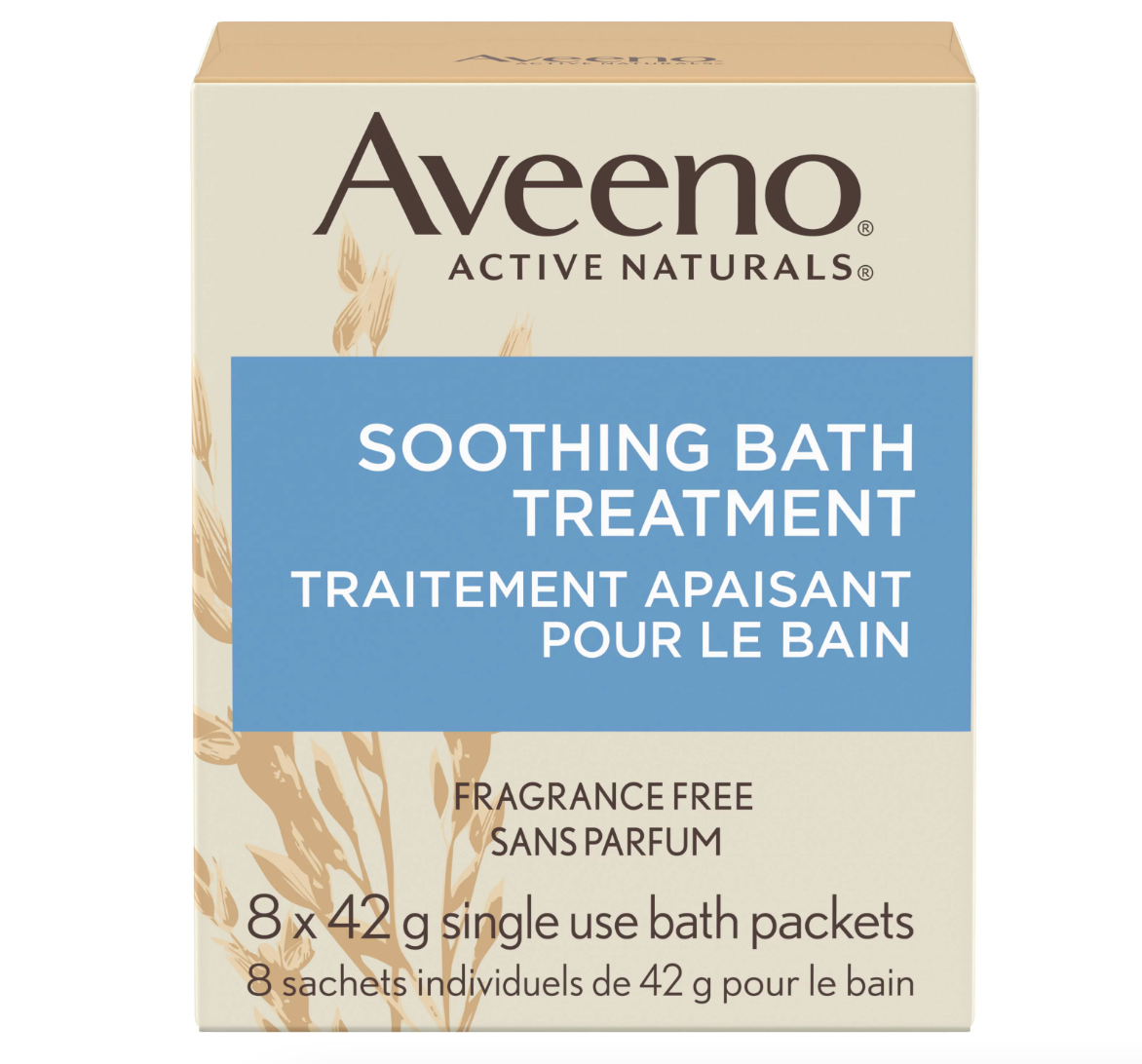
The only thing better than a hot bath after a cold workout is one that rehydrates your skin.
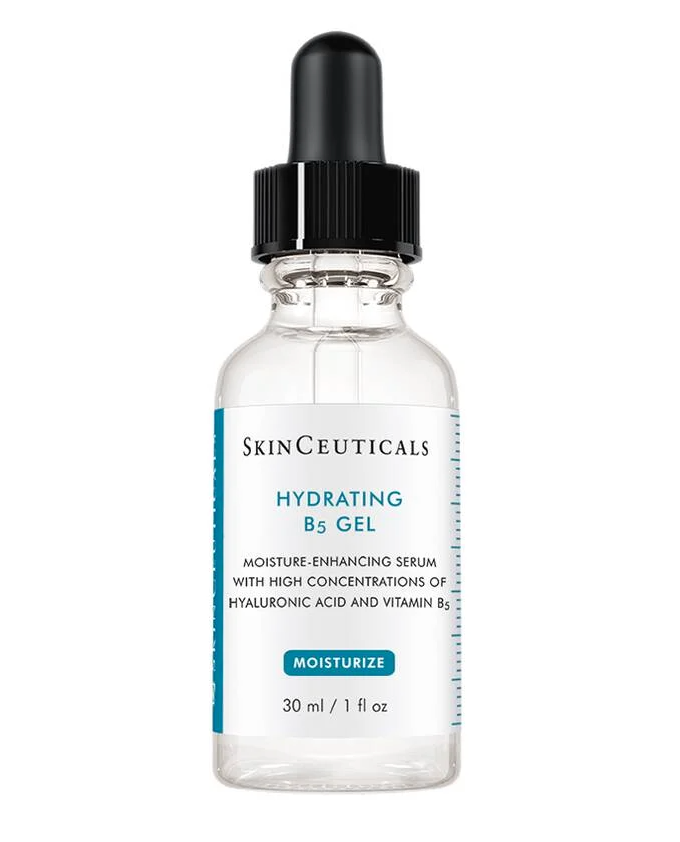
This super hydrating serum combines vitamin B5 with hyaluronic acid.
Loading More Posts...